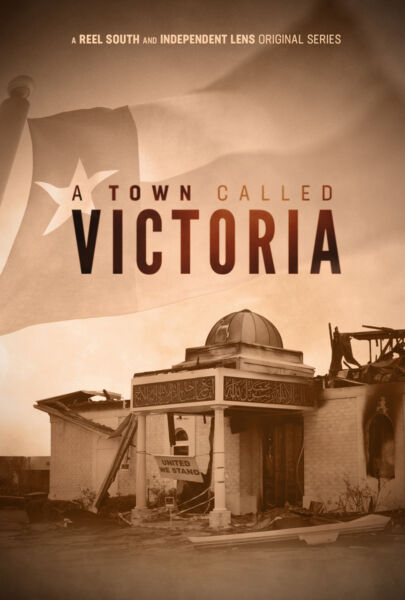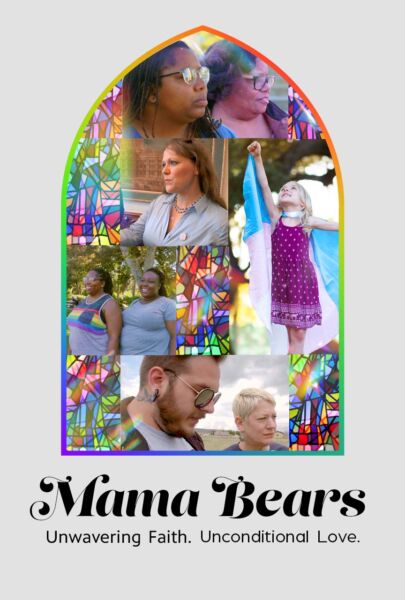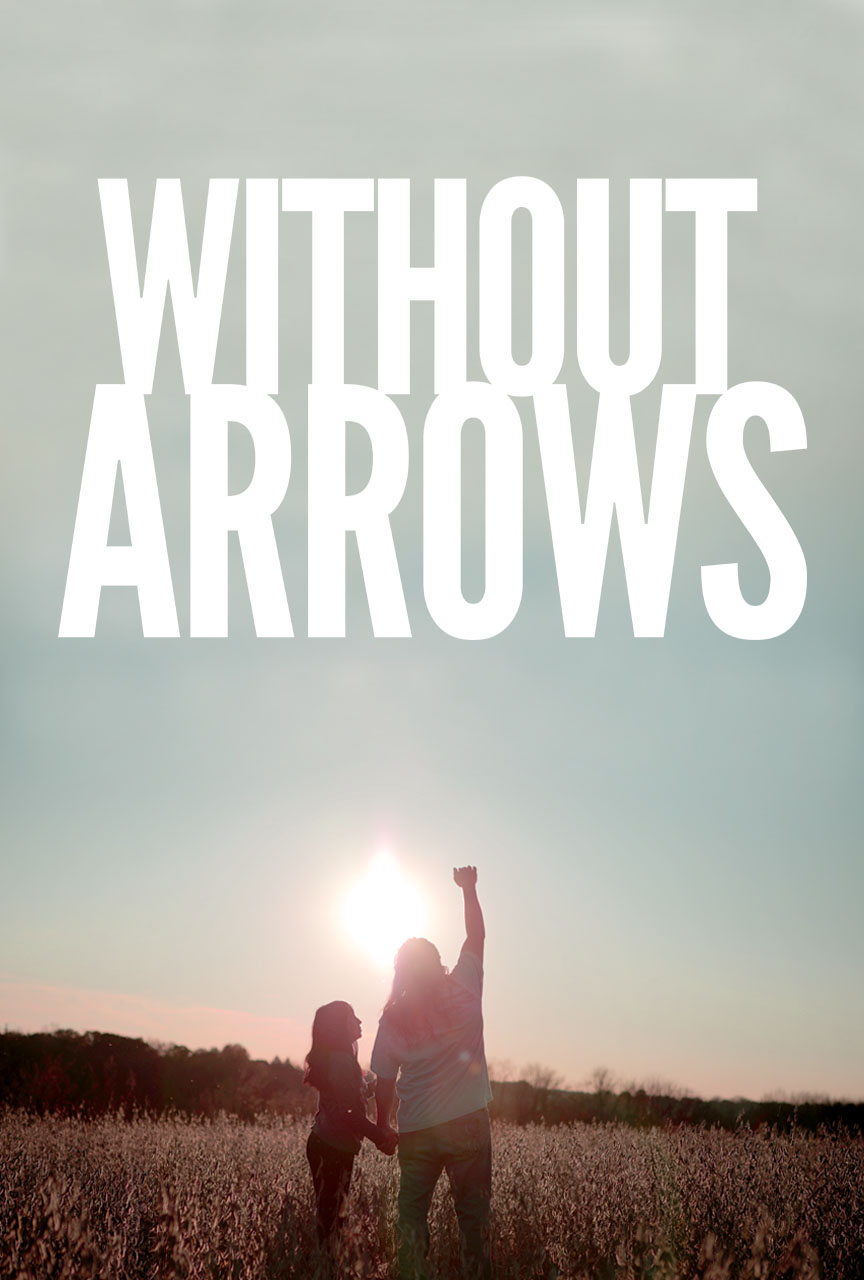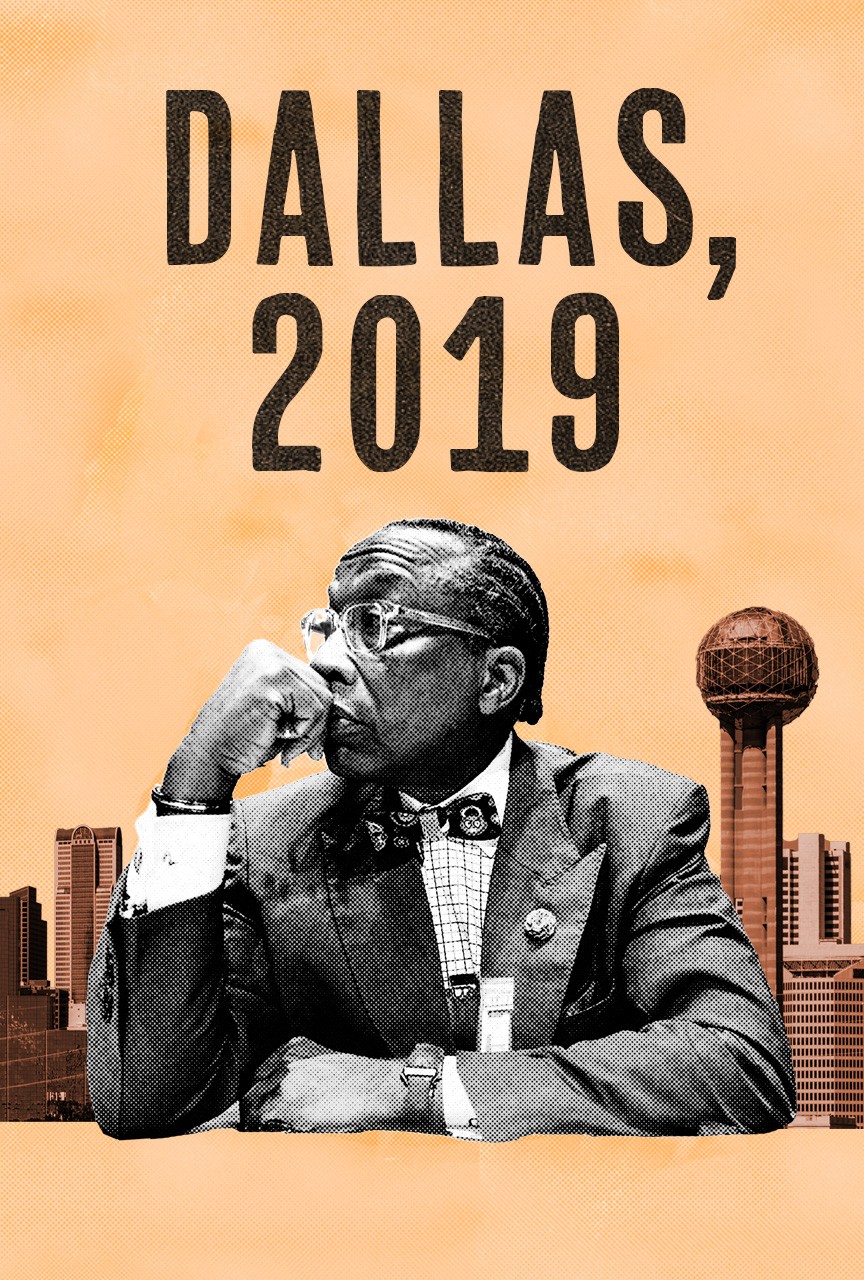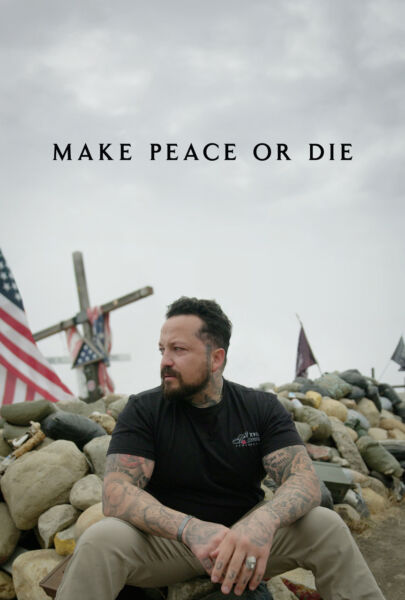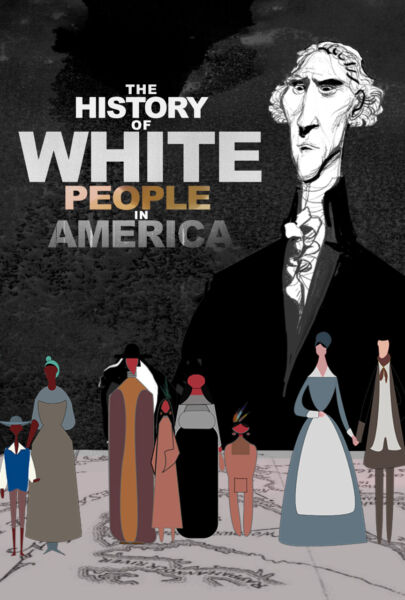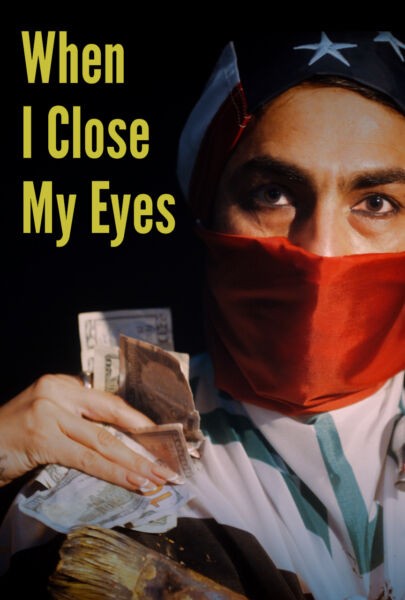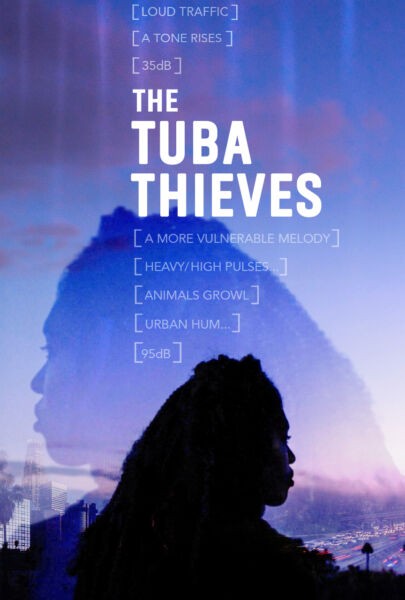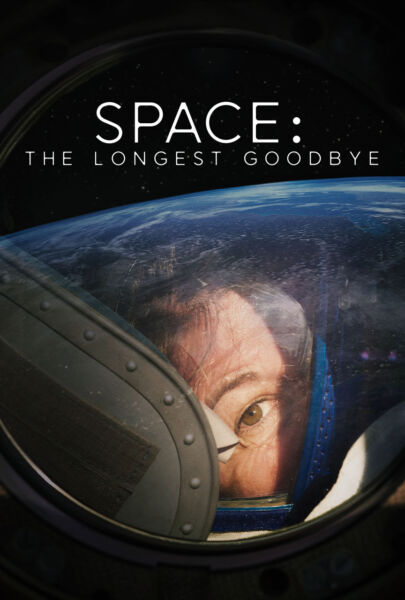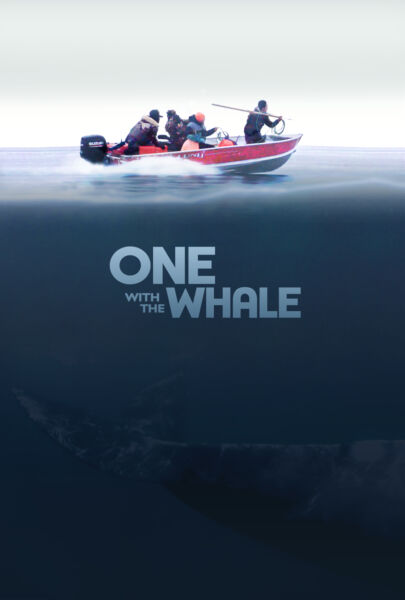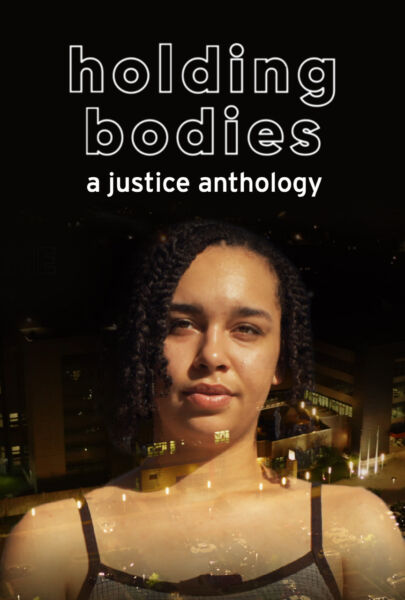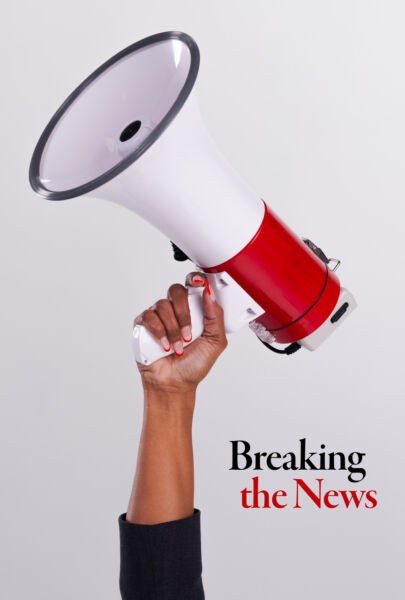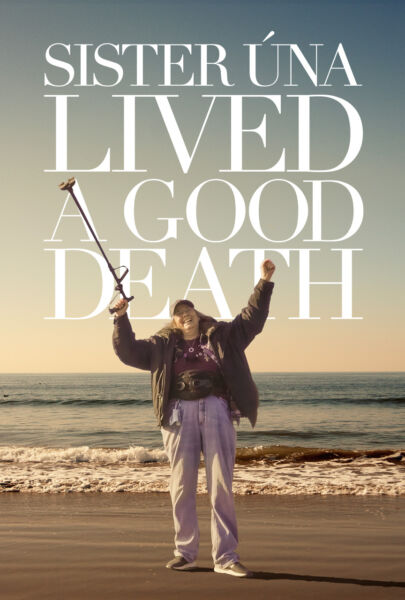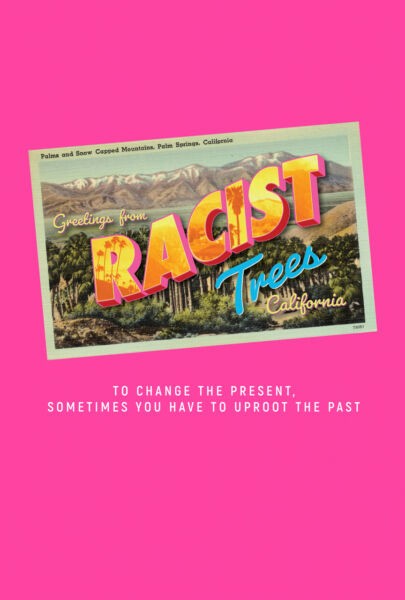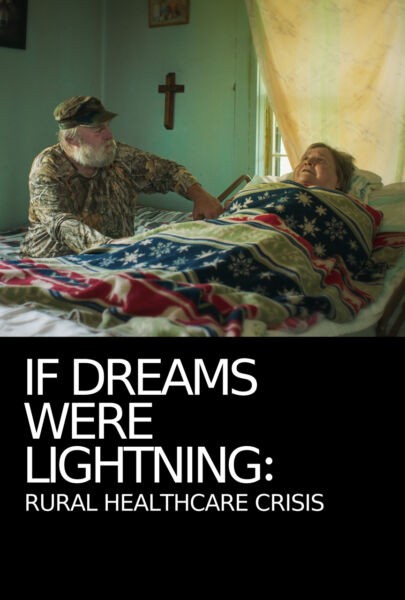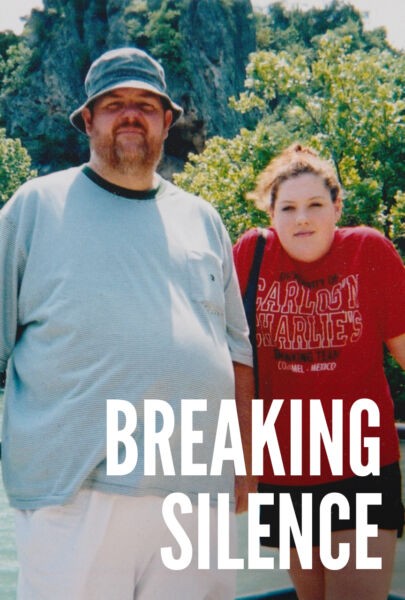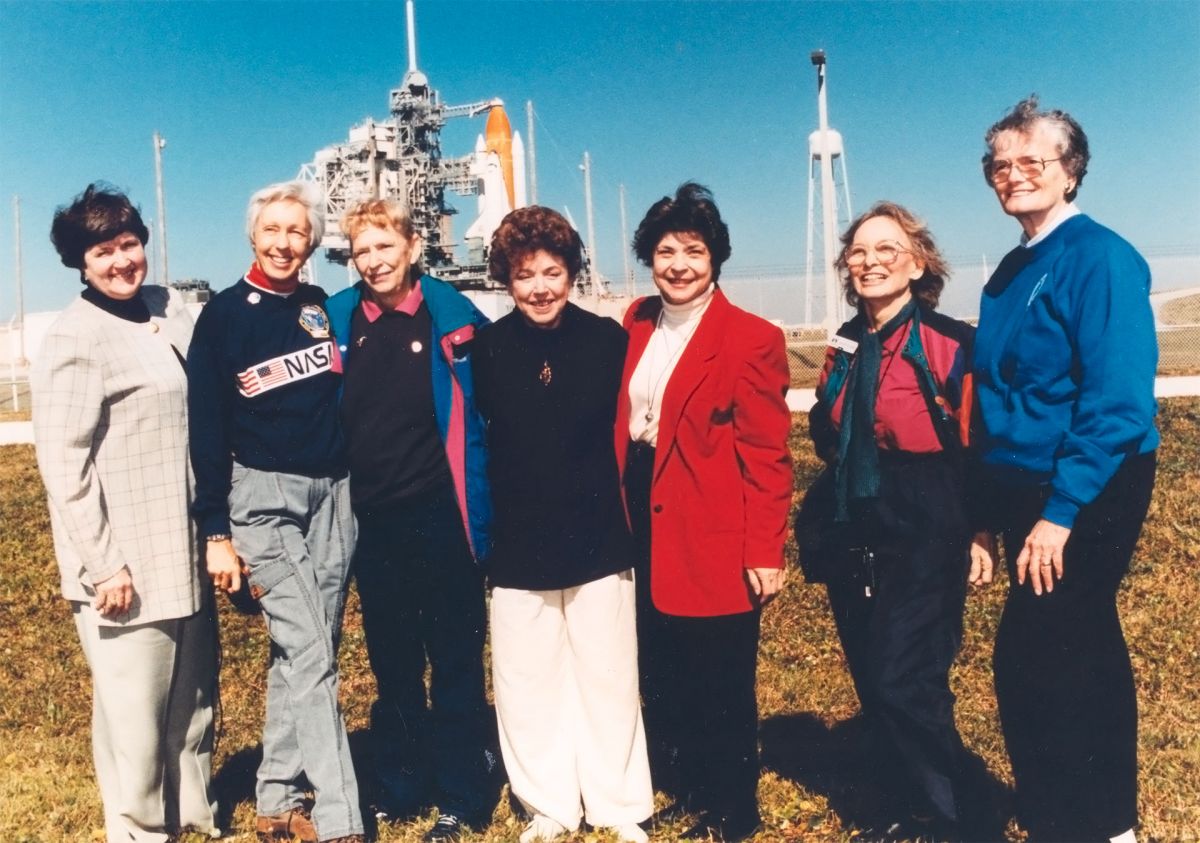
By Heather Archuletta
In July of 1999, on Apollo 11’s 30th anniversary, at a Kennedy Space Center press conference, NASA astronaut and first moonwalker Neil Armstrong lamented, “School children used to say, ‘We are reading about you in science class.’ Now they say, ‘We are reading about you in history class.’”
The shift was not lost on any Apollo astronauts, who were the height of space-race heroism, but now walk freely through public places unrecognized, despite contributing far more to humanity’s knowledge than the average musician or actor more likely to cause chaos upon being spotted. Why, I groused to friends, should entertainers get so much more attention than flight crews who risked their lives or spent their careers conducting important science?
Further, astronauts are only the front-facing stars of missions that required the efforts of tens of thousands of workers who remain unknown, except by dedicated space enthusiasts combing NASA archives for stories and transcripts.
The popular films Hidden Figures and First Man helped bring accolades to contributors of early missions, or in Armstrong’s case, a story the subject was reluctant to capitalize upon during his lifetime. But for every story making it to the screen, thousands struggle to find a commensurate spotlight, even decades after their triumphs should have warranted familiarity.
After years of attending space conferences, working and/or attending events at ten NASA centers and meeting dozens of astronauts, flight directors, and mission controllers, I only ever personally met a single woman from the “space race” days.
Roberta Villavecchia, or Robyn, as her friends called her, contributed as an engineer to Lunar Module (LM) engines, and performed hypergolic propellant calculations for two lunar missions that put Neil Armstrong, Buzz Aldrin, Pete Conrad, and Alan Bean on the surface of our Moon. Today, a standard iPhone has about 35+ million times the computing power of the Apollo Command Service Module (CSM). Back then, NASA needed “human computers” doing the bulk of the calculations on paper.
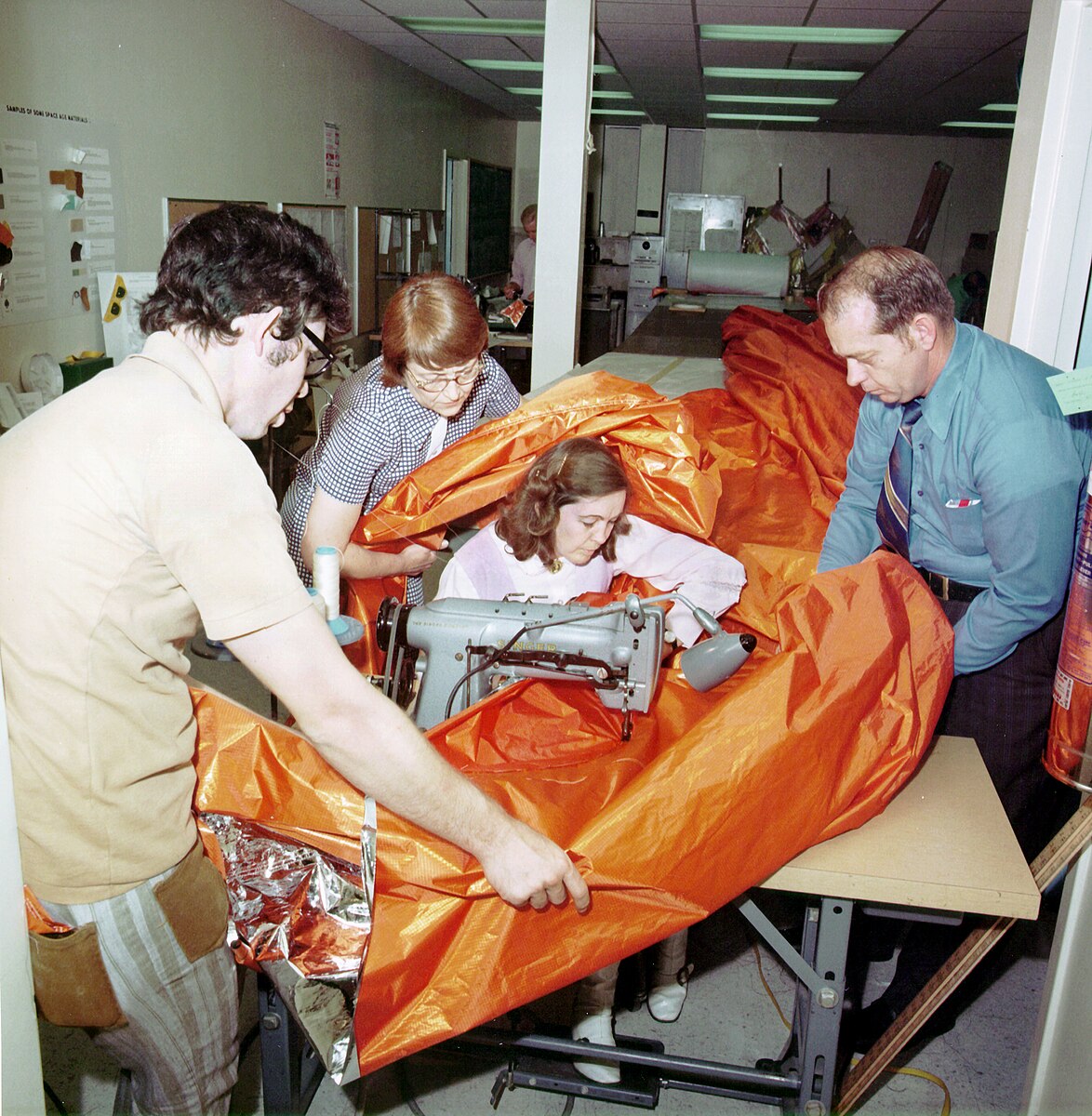
Working on the Skylab sunscreen, from left to right: Dale Gentry, Elizabeth Gauldin, Alyene Baker, and James H. Barnett Jr.; image via Wikimedia Commons
Much like Alyene Baker, the woman who would save Skylab with her sewing machine, Robyn was another “hidden figure” of the era. There was little room for women who had a love of aviation and exploration.
There wasn’t even room for Selene, Greek Goddess of the Moon. Instead, the program was inexplicably named “Apollo” after the Greek Sun God. This odd irony goes largely unconsidered and certainly unchallenged.
I asked Robyn, didn’t the men ever see your work and know that you would also be an amazing astronaut? Her matter-of-fact dismissal has always stuck in my head: “That didn’t matter. The men shut down women participating, and if you ask me, it was because the women performed so well.”
I knew to what she referred, having read about the “Mercury 13” women. A more accurate term for the women pilots were the FLATs, or “First Lady Astronaut Trainees”: female pilots who endured preparations for space travel in the early 1960s, guided by William Lovelace, the medical doctor who had also overseen the physical and psychological testing of NASA’s first seven astronauts for Project Mercury.
Never mind that the data demonstrated the women performed better than the men did; NASA simply didn’t want an official program for them. As astronaut John Glenn testified to Congress during a House Space Committee hearing in 1962: “That women are not in this field is a fact of our social order.”
Upon being asked if things hadn’t changed between Mercury and Apollo, Robyn laughed, as if that was unthinkable. Then I remembered. We grew up in different worlds. My own career in the tech industry and at the space agency only became possible because of women like Robyn.
During Robyn’s stint at NASA (Apollo 1 through Apollo 12), women could finally serve on court juries in all 50 states (as of 1968), but still couldn’t get credit cards without a spousal signature — and multiple NASA centers were still holding beauty pageants. You read that right. Even women in propellant calculation with chemistry degrees were expected to wear heels and dresses to compete for tiaras.
But not everything is a hindsight head-shake. Astronomer Henrietta Swan Leavitt is now the subject of a stage play called “Silent Sky“.

Photo credit: Maia Weinstock
Apollo programmer Margaret Hamilton got a LEGO figurine (see above) and the Exceptional Space Act Award, which included $37,200 – the largest amount awarded to any individual in NASA’s history.
Astronaut Ronald McNair went from being thrown out of a library for being African American to–following his Space Shuttle missions–having that very same library named after him.
Women and minorities went from being actively sabotaged and prevented from doing jobs for which they amply qualified to heading 3 out of NASA’s 4 science divisions today, though as we saw recently with black hole photographer Dr. Katie Bauman, harassment can be as common as credit when one is no longer a hidden figure.
Robyn’s first job was at White Sands Test Facility where the Lunar Module (LM) ascent and descent engines were tested. She had studied German hypergols (propellants used in rockets) of Operation Paperclip, and was tasked with determining the density, viscosity, and purity of hypergolic propellants to be loaded for flights to the moon. There could be no excess mass aboard any vehicle, and no risk to astronaut lives, so NASA required precise accuracy in fuel calculations.
When they moved to Cape Canaveral in the mid-1960s, the facilities along the Titusville Causeway were less than glamorous: her first office was at the Merritt Island Chicken Farm. Later, she was the first woman to move to the Propellant Systems Components Lab (PSCL) along the crawler-way used to move Saturn V rockets to launch pads.
What was the significance of the female “human computers”? In the early days, rockets exploded with worrisome regularity. Propellants were passed through filters, and those filters were examined under microscopes so trapped particles could be counted and sized. Particulate contamination in fuels caused valves to fail, and as these errors were discovered, efforts to keep hypergols (and hardware) cleaner were increased.
Robyn Villavecchia returned to White Sands early in 1966 for Lunar Lander engine and thruster testing days, and in her spare time, also flew vintage hardware in air shows alongside Joe Engle, Pete Conrad, and Fred Haise.
But… guess whose names were printed in the show programs and whose wasn’t?
Credit was hard to come by. Cut to today… will modern workers wait 50 years for the chance that a movie tells their story?

Jenny Shatts at JPL
“My generation won’t stand for that anymore,” says Jet Propulsion Laboratory Flight Systems Engineer Jenny Shatts . “Sometimes it comes down to individual personalities and motivations, but we want that recognition. Through voting. Through social media. People in NASA leadership know we won’t take such things lying down, and are incredibly supportive. We have a bigger platform to talk about the amazing things we’re doing.”
Amazing, indeed. Women drive Mars Rovers. 62 women astronauts have flown space missions. NASA now has an entire website dedicated to women who work for the space agency.
Shatts works on the system testbed of the Mars 2020, scheduled to land in the Jezero Martian crater in February 2021. She examines how hardware and software interact to navigate the trajectory to Mars, and the Entry, Descent, & Landing (EDL) sequence that will put the newest rover through the atmosphere and onto the surface of Mars. When missions are successful enough to warrant press conferences and celebrations, are hidden figures ready for harassment that might come hand-in-hand with greater visibility?
“I’ve never had that level of fame,” Shatts says, though she knows it can happen and has thought about what might result. “I have been a victim of harassment at a past company, but it was not public. It felt immobilizing. If fame came along, would I have to choose between that and being invisible? I think I could handle it. You can mute people on Twitter. You can take precautions. I can accept “Asian-mom level” criticism, but doxxing my household would be the limit: In some ways, I am very American and boisterous – but my mother is from Thailand, and taught me the calm that comes with knowing you can only affect things in the present. It’s a Buddhist way to approach things, to center yourself. I draw on the strength of my cultural background in terms of how to handle problems.”

Writer Heather Archuletta (left) and scientist Robyn Villavecchia
Above all, she’s not worried about being a “hidden figure.” Like most, she’s waiting for the ultimate finish line: equality. Upon hearing Robyn’s story, Shatts sagely observes: “NASA’s environment is very different now. It just shows how far we have come… and yet, how far we still need to go.”
Robyn Villavechia was waiting for the world to realize how much further humanity might grow in terms of technological and cultural advances if all humans were allowed to contribute. Her day never truly came. She joked about how she was waiting for someone to make a movie about all the shenanigans at early NASA labs like the chicken farm, and she did live to see Hidden Figures, but passed away in January of 2017 just as the flourish of late recognition finally came to fruition.
She was part of Neil Armstrong’s science class. Along with him, she watched it turn into history class. Will we properly fund and support space exploration and encourage pioneering amongst all skilled parties before it becomes an archaeology class? NASA’s official motto is “For the Benefit of All.”
From the era of hidden figures to the era of tweets heard around the world, our species increasingly benefits at greater levels as we continue to update our idea of “all.”
Heather Archuletta is from San Francisco, and has degrees from Mills College in Oakland, and the University of London, England. After working in the tech industry for 17 years, she joined a NASA program for space flight simulations, which studies the long-term effects of weightlessness on the human body. These projects help Johnson Space Center scientists learn more about how to keep astronauts healthy in space for long-duration flights, and she now works to find other qualified applicants for the programs. Her “Pillow Astronaut” blog, which describes the flight sims in both personal and medical detail, has been featured in Wired, Popular Science and FOX in America, as well as news outlets in Europe, India, Scandinavia, and Russia. Read more about Heather’s participation in NASA “bed rest studies” here.

